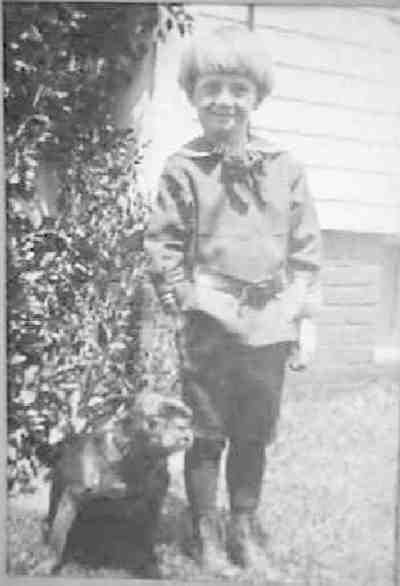
Figure 1.--Sir Thomas Lawrence painted Mrs. Henry Bartig and children in 1817. Her son appears to be wearing a black velvet skeleton suit. I'm not sure what he is wearing over it, perhaps a white tunic or perhaps a front buttoning pinafore.

Lengths of early 19th Century tunics varied. Some tunics were quite long. Many of the early tunics fell to mid-calf. The length became shorter as the century progressed. Many were worn short, well above the knees. Tunics were always worn with some sort of pants. The children wearing early 19th Century tunics always covered their legs, even very young children. Tunics by mid-century were less comminly worn and became shorter, roughly knee legth, although this varried. Tunics became much more popular at the turn of the 19th century. Lengths varied, but were generally slightly above the knee. They were worn with knickers, often above the knee knickers. Tunics were worn through the 1910s, but became much less common after World War I (1914-18) in the 1920s. Some boys in the 1920s wore very short tunics--almost like shirts.
Navigate the Historic Boys' Clothing Tunic pages:
[Historical trends]
[Stylistic features]
[Tunic styles]
[Tunic accesories]
[ Pantalettes]
[ Stockings]
Navigate the Historic Boys' Clothing Web Site:
[Introduction]
[Activities]
[Bibliographies]
[Biographies]
[Chronologies]
[Contributions]
[Countries]
[Frequently Asked Questions]
[Style Index]
[Boys' Clothing Home]
